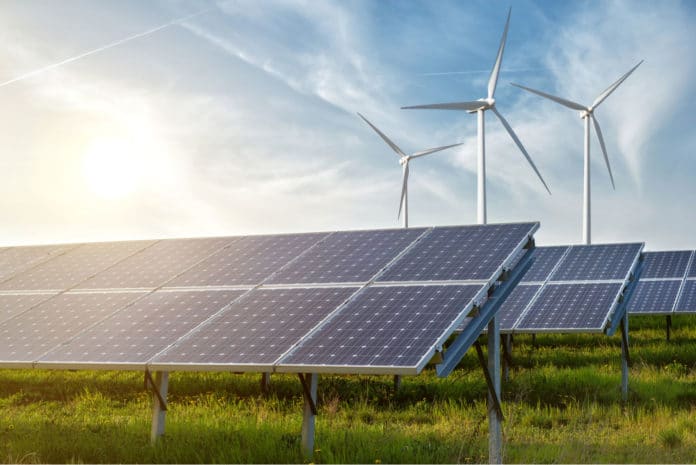Scientists from the University of Waterloo have developed a new long-lasting zinc-ion battery to store grid energy. According to scientists, this important demonstration will enable communities to shift away from traditional power plants. It could also be used in renewable solar and wind energy creation.
The zinc-ion battery comprises a water-based electrolyte, an augmented vanadium oxide positive electrode, and a cheap metallic zinc negative electrode. This is almost inexpensive and naturally safe. Although it uses safe, non-flammable, non-toxic materials and a pH-neutral, water-based salt.
Water in the electrolyte facilitates the zinc ion movements. But, it also swells the space between the sheets by providing sufficient room to zinc to enter and leave the positive structure as the battery cycles. The electrode material’s nano-scale dimensions and the battery’s high-conductivity aqueous electrolyte also improve its cycling life and response times.
The battery produces electricity through an intercalation process. This is the process in which positively-charged zinc ions are oxidized from the zinc metal negative electrode. Then they pass through the electrolyte and insert between the layers of vanadium oxide nanosheets in the positive electrode. This creates an electrical current by passing electrons in the external circuit. The reverse process occurs on a charge. The battery has an estimated energy density of 450 watts per liter.
The cell shows the first discovery of zinc-ion battery intercalation in a solid-state material. That satisfies four vital criteria: 1. high reversibility, 2. rate, 3. capacity, and 4. no zinc dendrite formation. It provides more than 1,000 cycles with 80 percent capacity retention.
Compared to lithium-ion batteries, it comes within half of the price and uses cheap, inflammable electrolytes. Lithium-ion batteries typically use expensive, flammable organic electrolytes.
Nazar said, “The worldwide demand for sustainable energy has triggered a search for a reliable, low-cost way to store it. The aqueous zinc-ion battery we’ve developed is ideal for this type of application because it’s relatively inexpensive and it’s inherently safe.” (Nazar is a Canada Research Chair in Solid State Energy Materials and a University Research Professor in the Department of Chemistry.)
The bonus for creators, they can generate this zinc battery at a low cost. Because its fabrication doesn’t need special conditions, like ultra-low humidity or the handling of flammable materials needed for lithium-ion batteries.
Dipan Kundu, a postdoctoral fellow in Nazar’s lab, said, “The focus used to be on minimizing size and weight for the portable electronics market and cars. Grid storage needs a different kind of battery and that’s given us a license to look into different materials.”
Journal Reference
- Kundu, D., Adams, B. D., Duffort, V., Vajargah, S. H., & Nazar, L. F. (2016). A high-capacity and long-life aqueous rechargeable zinc battery using a metal oxide intercalation cathode. Nature Energy, 1(10), 1-8. DOI: 10.1038/nenergy.2016.119
